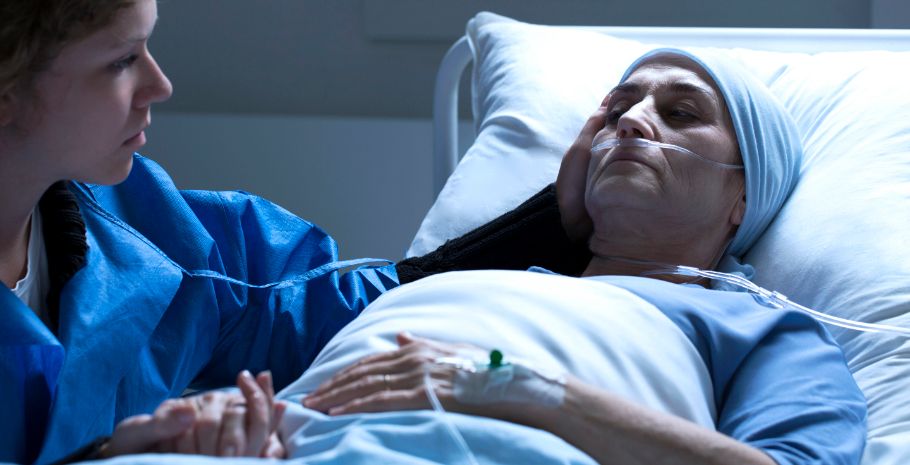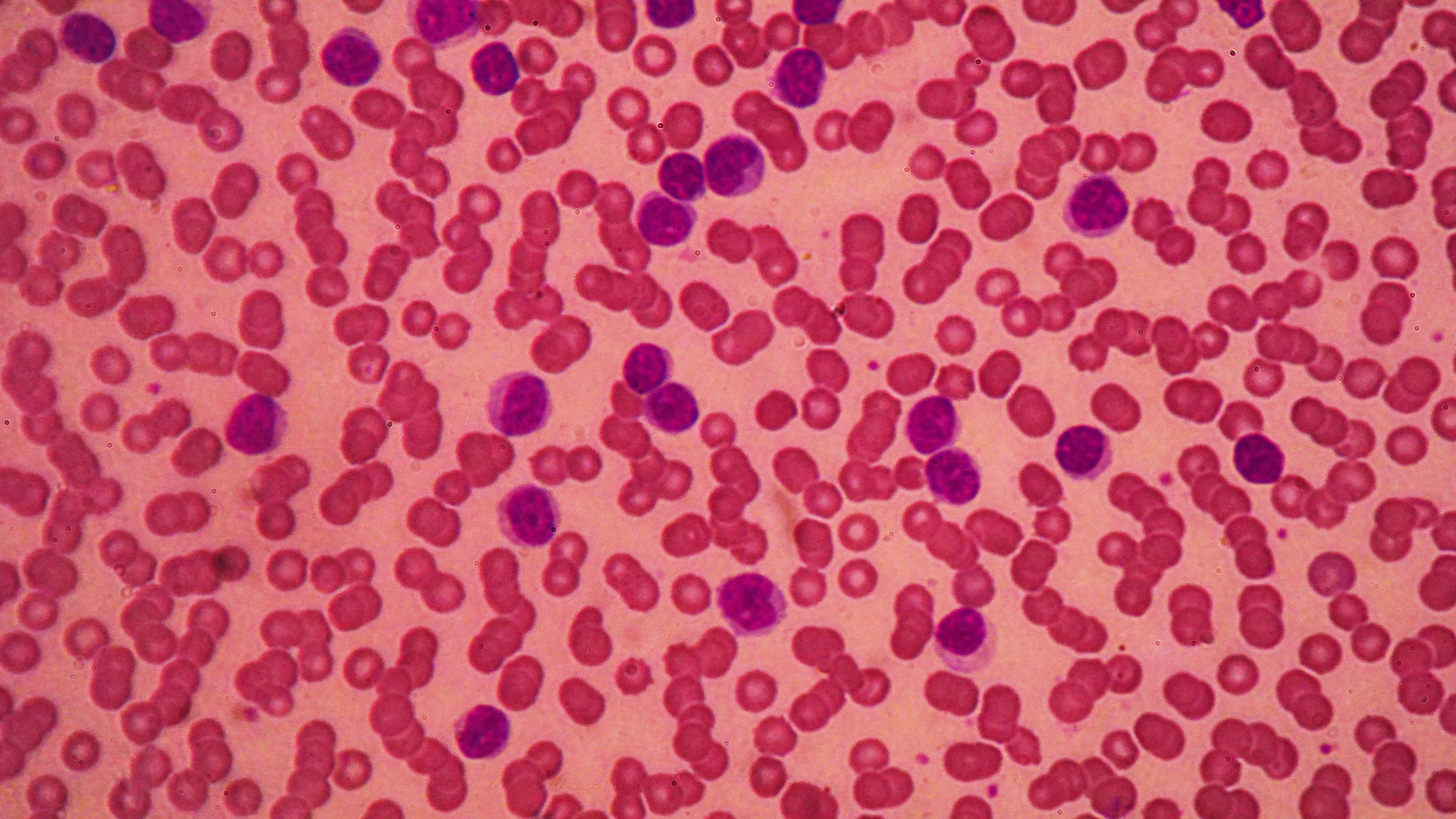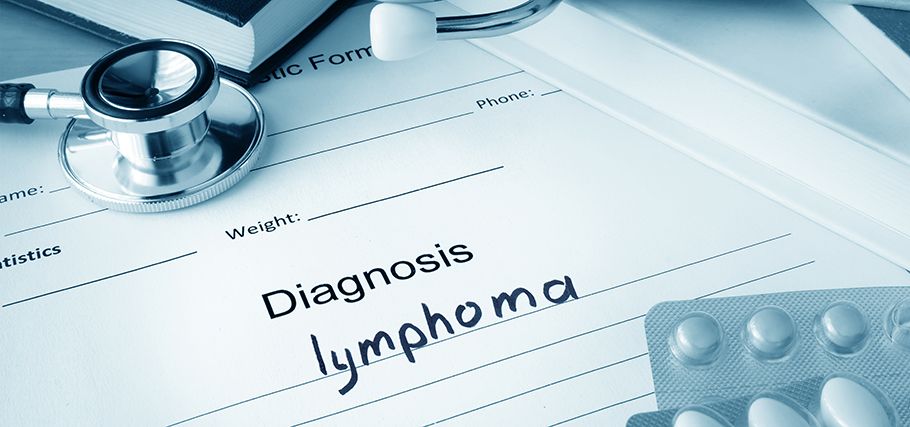Article
Stage 4 Lymphoma
Author(s):
Lymphoma is a scary word. Most of us know that our lymph nodes have something to do with our immune system, but beyond that, it’s a pretty gray area. With lymphomas and leukemias, however, its harder for us to pinpoint the where, and even the why.

Lymphoma is a scary word. Most of us know that our lymph nodes have something to do with our immune system, but beyond that, it’s a pretty gray area. With cancers of other sites – be it lung, breast, kidney, or liver – we understand the “where” of the diagnosis. With lymphomas and leukemias, however, it’s harder for us to pinpoint the where, and even the why. Many of these diseases don’t have a known cause, only a set of risk factors. With that, let’s take some time today to talk about stage 4 lymphoma, its symptoms, outlook, and treatment options.
What are the symptoms of stage 4 lymphoma?
There are two main types of lymphoma – Hodgkin Lymphoma (HL) and Non-Hodgkin Lymphoma (NHL). According to the American Cancer Society, the vast majority of lymphomas (90%) diagnosed are NHL, so that is where the majority of our focus will be today. Truthfully though, the symptoms are pretty similar. Sadly, this is a disease that has very vague early symptoms. Weakness, a cough, fever, a rash in the folds of the skin, an enlarged lymph node, or two. These could easily be the sign of a virus that will just pass on its own – so we tend to ignore symptoms like this, or at least give them very little worry.
As the disease progresses and moves to stage 4 – it means that lymphoma has been found in lymph nodes on both sides of the body and has metastasized to distant organs. Its most frequent sites of spread include the liver, bone marrow, and lungs. With that, symptoms of dysfunction in those systems may be apparent.
Given these very non-specific early warning signs, it is vital to understand the risk factors for the development of lymphomas. Some of the biggest risk factors are age over 60, being female, African or Asian descent, exposure to certain chemicals and radiation, a weak immune system, autoimmune diseases, and certain infections.
What is the prognosis for stage 4 lymphoma?
So, here’s the good news. NHL is one of the more treatable cancers – Stage 4 non-Hodgkin Lymphoma has a five-year survival rate of 55%! Yes, you read that right – 55%! When caught early, the survival rate is 72%, and across all stages, it is 63%.
To what do we attribute this amazing survival rate, even in advanced disease? Researchers, scientists, and clinical research teams. In fact, a 2008 article in the JAMA Internal Medicine noted that survival rates for NHL increased from 15 to 27 percentage points across all stages in the time period between 1990 and 2004, depending on factors such as age, sex, and treatments. And it is those amazing treatments, my dearest friends, that have made the difference for those with NHL.
How is stage 4 lymphoma treated?
For the most common type of NHL, treatment at stage 4 typically begins with a chemotherapy regimen known as R-CHOP, given in 6 cycles. This involves the monoclonal antibody Rituxan, along with cyclophosphamide, doxorubicin, vincristine, and prednisone. After these cycles are complete, physicians will typically order imagining to assess the progress made. Stem cell transplants may be called for, as well as chemotherapy injected into the cerebrospinal fluid for those with a high likelihood of the disease spreading to the brain.
New findings on lymphoma treatment
Despite the amazing leaps forward made in the treatment of NHL, some of these cancers become resistant to treatment – particularly to certain immunotherapies known as checkpoint blockades. For many years, stem cell or bone marrow transplants have been used to treat blood and lymph system cancers. Now, researchers at the Mount Sinai School of Medicine have begun utilizing stem cell transplants followed by immunotherapy to treat NHL. The research shows that with the stem cell transplant, the patient’s immune system basically gets reset. With that reset, immunotherapies that had previously been ineffective can actually work!
As always, much love, many prayers, and abundant blessings to all of the warriors out there!!
Sources:
https://www.cancer.org/cancer/lymphoma.html
https://www.healthline.com/health/lymphoma#symptoms
https://jamanetwork.com/journals/jamainternalmedicine/fullarticle/414084
https://www.sciencedaily.com/releases/2019/08/190805101121.htm





